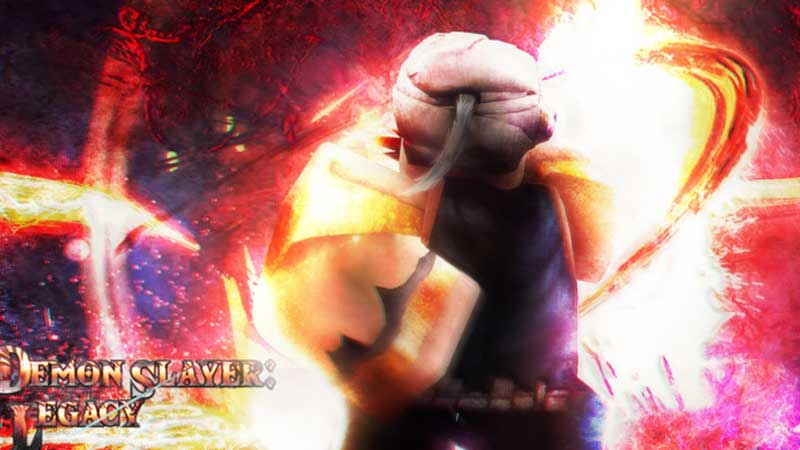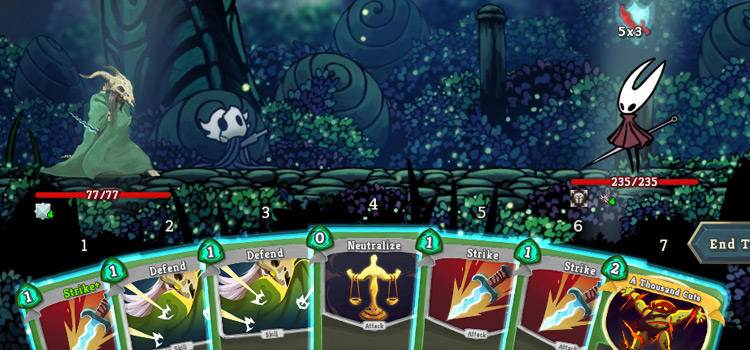
Tier 5 (these cards don’t perform well most of the time) Tier 4 (these cards are mostly situational, can perform with a well established strategy) Tier 3 (these cards are good but can be not enough) Tier 2 (these cards generally perform well according to a strategy)

Powerful, high-cost attacks like Ragnarok can be very effective, but only with other cards to bring out their fullest potential.I tried to make a tier list for the Ironclad. This is especially true for cards like the ones that generate Mantra, as in small quantities they'll do absolutely nothing. A bigger deck is not always better, as unhelpful cards can dilute the number of cards that'll help you work towards whatever victory conditions you've set up. Save some Retain cards that generate block for such an occasion, or bank on one of the many ways the Watcher can generate block passively.Īs with any other character in a deckbuilding game like Slay the Spire, be intentional with the cards you add to your deck. That being said, getting caught in Wrath when enemies are about to deal a hefty chunk of damage can be absolutely terrifying, but the Watcher usually has some sort of out. Set up Calm at the end of one turn for an energy boost on the next when you exit it or stay in Wrath on a turn enemies are not preparing to attack for a lot. The biggest aspect to try and practice quickly is Stance management. You can be going off on all sorts of crazy combos, but even a normal enemy can capitalize on a single bad hand more than they could against most other characters. The most important thing to remember when playing the Watcher is their relative fragility. Keep your eye out for the Watcher's many synergies to create some truly busted combos. Lots of other rare cards and relics offer new tools to build around, like the incredible powerful Alpha which will have you sifting through your deck for a devastating power, or the Damaru, a relic that generates one Mantra a turn and makes a Divinity deck a lot more feasible. Crescendo and Tranquility will help set up the right Stance at the perfect time, and Meditate lets you set up a powerful combo on the cheap by retaining and decreasing the cost of crucial cards. Attacks like Windmill Strike, Sands of Time, and to lesser extent Flying Sleeves will be the source for most of your damage, while skills like Protect and Perseverance can give you a huge amount of block for the turns it's really necessary. Establishment, a 1-cost power that reduces the cost of any Retained card by 1 for the entire combat, is crucial to this strategy. The Retain deck is a lot more defensive, stocking valuable cards from turn to turn while waiting for the right opportunity to unload a lot of damage all at once. And like lots of Slay the Spire's other keyworded mechanics, certain cards will become more effective as you scry! On its own Scry isn't particularly powerful as a mechanic but it can help sort through your relatively useless Strikes and Defends to find the juicier cards you've accrued over the course of the run. Every Scry effect on a card has a number, and it will allow you to look at that number of cards from the top of your deck in order from left to right, discarding any number of those cards if desired. Scry, on the other hand, will help dig through your deck for the most important cards.


Lots of Watcher cards will also shuffle powerful one-use effects with Retain, allowing you to set up for a single devastating turn. In addition to the energy and damage control of weaving in and out of the different stances, the Watcher also has access to two mechanics that help with hand management and card selection. Any card with Retain will stay in your hand at the end of your turn, potentially getting cheaper or stronger in the process. However, you will automatically exit Divinity after the turn is over. The reward for all of this work is an extra three energy immediately and TRIPLE attack damage dealt, so it's well worth trying to work towards.

Certain cards will generate M antra, and when your character builds up 10 Mantra they enter this Stance. The D ivinity Stance, on the other hand, is a little harder to get into. Both Wrath and Calm have multiple cards that either enter the Stances or do something different if you're already in that Stance. Calm, meanwhile, grants two extra energy when you leave the stance, either by switching to another Stance or using a card that exits the current Stance. Wrath doubles all attack damage dealt and taken, so it can be an incredibly high-risk high-reward offensive tool. The most notable mechanic by far is the Stances they can enter and switch between. The two main Stances the Watcher uses are W rath and C alm. As with all characters in Slay the Spire, the Watcher has a plethora of cards and relics to make them unique.


 0 kommentar(er)
0 kommentar(er)
